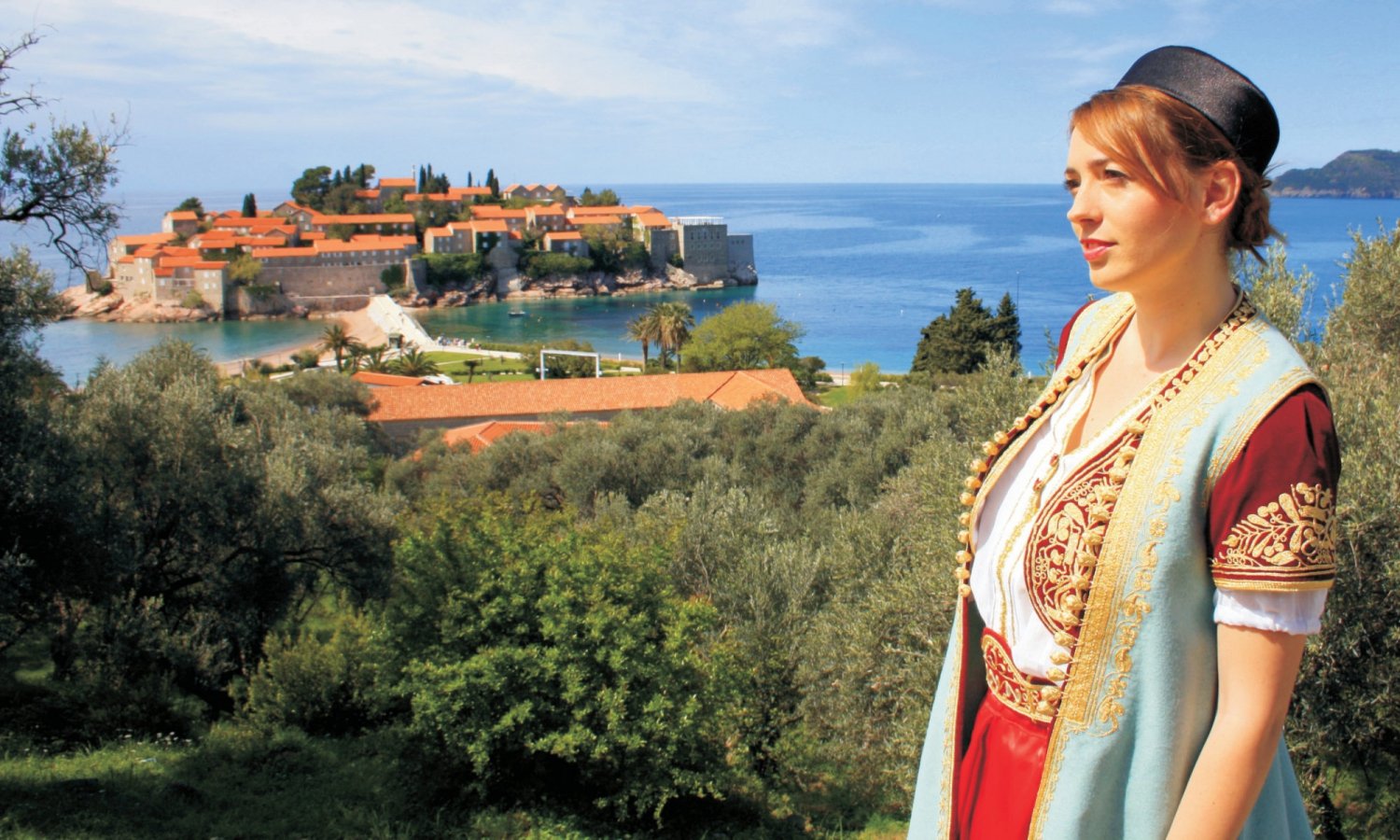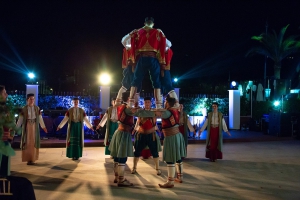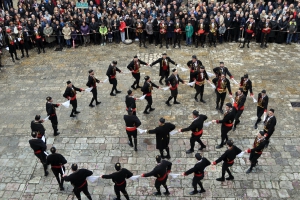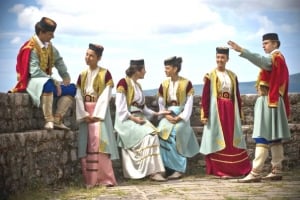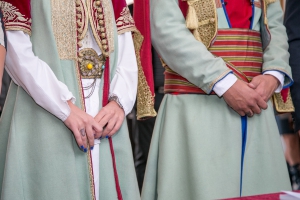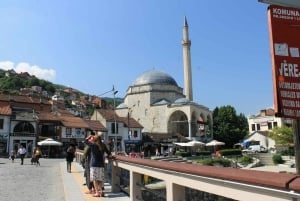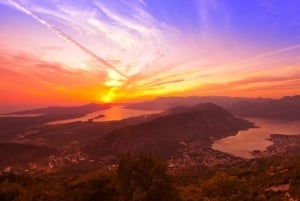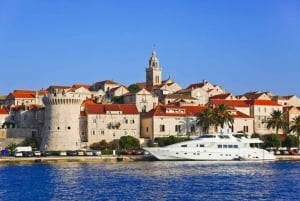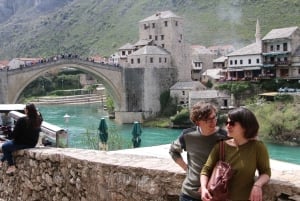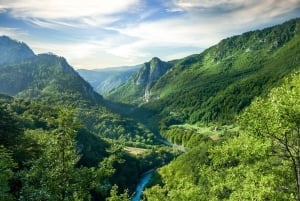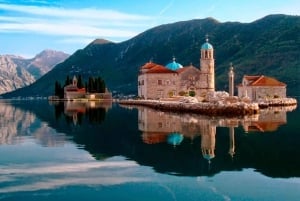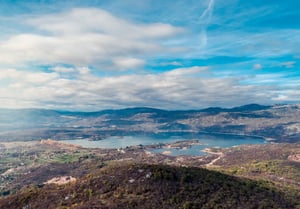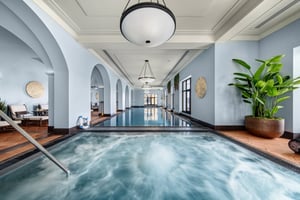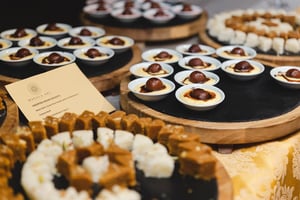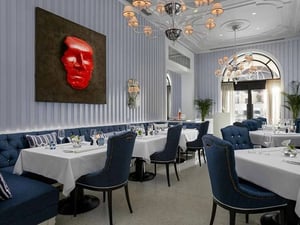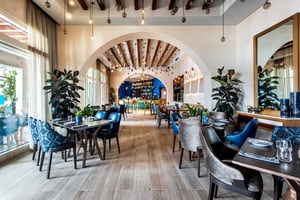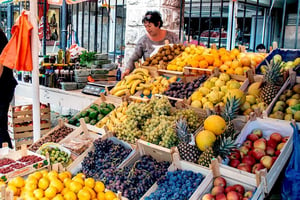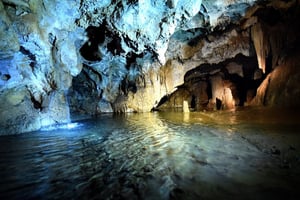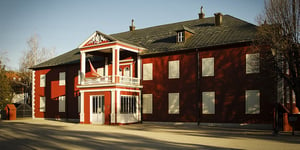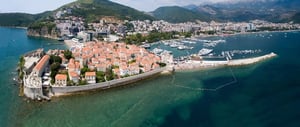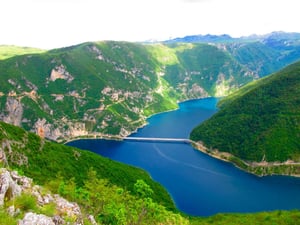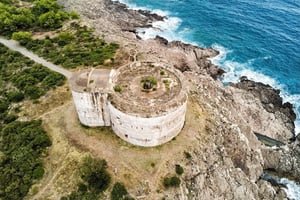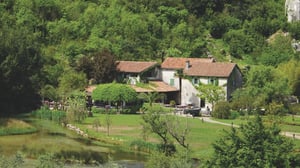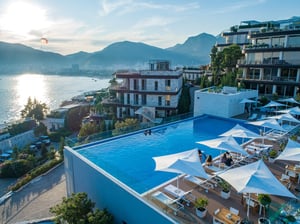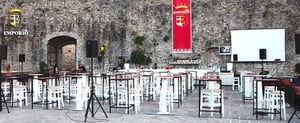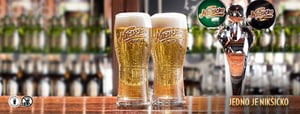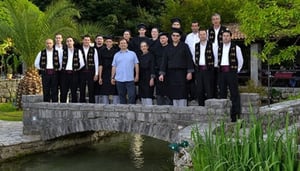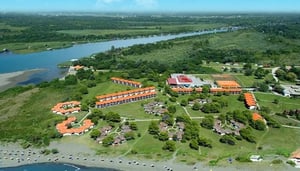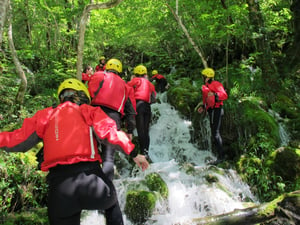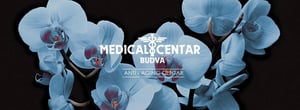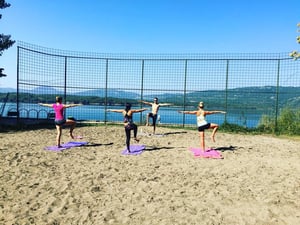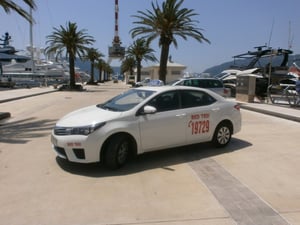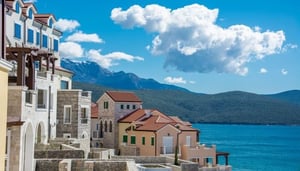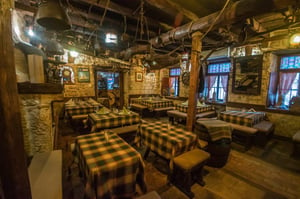National Costume of Montenegro
Book Top Experiences and Tours in Montenegro:
If youʻre booking your trip to Montenegro last minute, we have you covered. Below are some of the top tours and experiences!- From Skopje: Pristina and Prizren Private Sightseeing Tour
- From Podgorica: Kotor & Budva Old Towns Tour and Skadar Lake
- Podgorica: Ostrog, Niagara, and Skadar Lake Private Tour
- Peljesac Peninsula & Korcula Island Day-Trip from Dubrovnik
- Sarajevo: Mostar, Konjic, Blagaj Tekke, Pocitelj & Waterfall
Montenegrin national costume is sumptuous with a combination of bright colours with gold embroidery and is considered one of the most beautiful costumes in Europe. Various cultural and ethnic differences have been reflected in the production and appearance of the national costume throughout history. In the culture of Montenegro, there were three types of folk costumes: for men, for women, and the festive costume for special occasions. Besides, there are several types of men and women costumes, and the massive difference in clothing is between the coast and the central parts of Montenegro. It takes an average of 3 months to make a national costume.
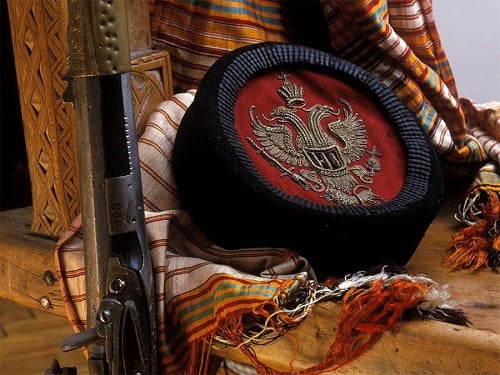
Photo credit: sanjamitrovic.me
Once upon a time, a luxurious Montenegrin costume was a status symbol, as it would happen that the costume and weapons were more valuable than the entire property of some families. To preserve the rich tradition, the Directorate for the Protection of Cultural Heritage has declared the skill of making Montenegrin costumes and gold embroidery a protected intangible asset.
There are two types of folk costumes that were widely used until the 20th century:
- the older one made of domestic cloth, usually a woollen fabric from rolled sheep's hair,
- and the newer type of soft and firmly rolled materials.
MEN COSTUME
The most common elements of a folk costume for men are:
- Hat the famous round-shaped hat is made of cloth, and it is done in red with a black rim and gold embroidery on top, with historical or national symbols.
- White shirt with a collar as an unavoidable part of the folk costume.
- The so-called džamadan is made of home-made fabric and cotton and is worn over the white shirt. It is worn over the chest, and it goes the way to the throat. The edges of džamadan are decorated with knots or gold embroidery. Džamadan was sometimes replaced by ječerma, which had neither fringes nor overlaps, and the slit on the front was flat.
- In addition to the shirt is another upper part, called gunj, which has short fringes spaced across the chest. Montenegrins wore this short coat whose ends crossed over each other and were buttoned with copper buttons. Over time gunj has been replaced with dolama which has sleeves under the armpits, which were very useful during the cold winters.
- Jelek is an upper garment, which is a sleeveless vest, made of coarse and adorned with gold embroidery or rope. It is buttonless, open in front, and carried over the gun. Jelek was once replaced by toke or buckles, which have the same shape as the vest but have metal, mostly silver plates on the front. They are tied unlike vests and are very tight to the body.
- Trousers of the Montenegrin traditional costume were originally white, nowadays made in different colours, and made of waterproof fabric čoja and rough cloth. They are wide at the waist and narrow below the knees. They are connected to the socks or leggings with a rope, so as not to separate from them.
- Socks need to be tightened well so that a person can move more easily and safely, which was especially important for Montenegrins who moved around rugged areas. They are made of wool and are probably the most famous parts of Montenegrin folk costumes, together with sandals or opanci, the authentic durable, rustic leather shoes with different ends on the toes. They are a well-known national symbol of many people in the Balkans.
Montenegrins also wore a woollen or cotton belt, 3-4 meters long and 15 centimetres wide, which tightens the pants perfectly. On the belt a silav would be fastened, something like a soft leather case made of several layers where Montenegrins would stock one or usually two pistols or revolvers, and a large knife.
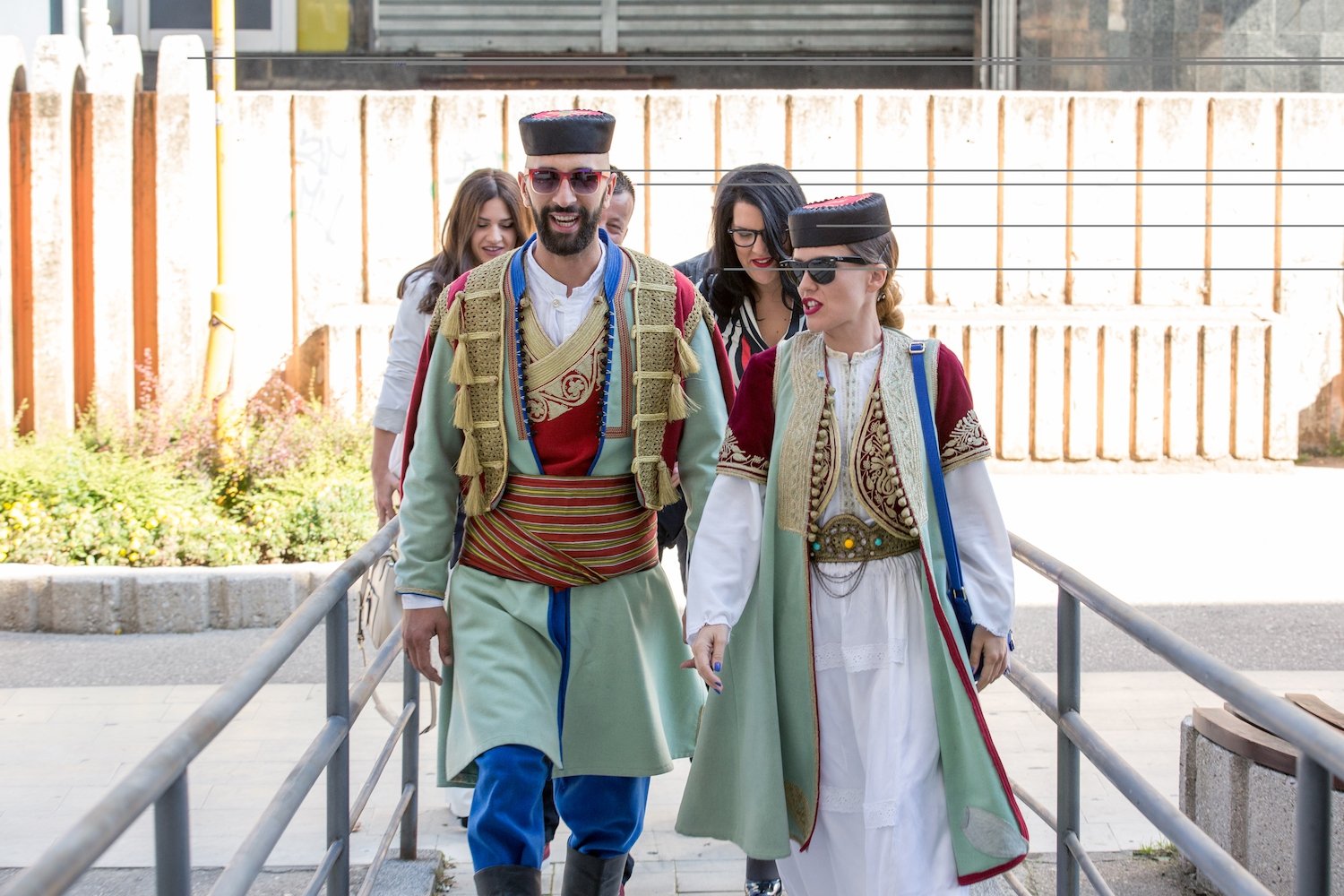 Montenegrin Wedding in the National Costumes | Private archive
Montenegrin Wedding in the National Costumes | Private archiveWOMEN COSTUME
The most common elements of Montenegrin folk costume for women:
- Ječerma is a type of short vest that was made of coarse cloth or velvet. It had buttons and went down to the woman’s waist.
- Kamizola on the other hand is a vest worn over a shirt, made of silk and damask and was usually worn by women of the upper class.
- Zubun is made of coarse fabric and velvet, in various lengths. It is sleeveless and contains buttons.
- Dolama is an upper dress made of coarse cloth with gold buttons or gold ropes. It was usually worn on festive occasions.
- Bran is a long women's dress worn over a shirt, made from the upper part which is tight and close to the body, while the lower part skirt, goes all the way to the feet and is made of 5 folds.
- Skirts for everyday use were made of hemp and linen, while formal skirts had gold embroidery and were made of damask and silk. Usually, the skirt showed the social status of the woman. The skirts were buttoned with buttons and ambrettes, which had a useful and decorative function.
- Raša is made of different types of wool and was mostly worn over a white shirt. Wearing raša usually meant that the woman was from a richer class. It is made of silk and other materials.
- One of the most important elements of the Montenegrin national costume for women was pregača or apron. It was usually intended for everyday use. There was also a silk apron with gold embroidery, for festive occasions.
- Shirts were made of more expensive material and are most often decorated with lace. They were usually made of linen, damask silk, cotton, etc.
- Leggings and opanci, peasant shoes, were very popular among Montenegrin women. In addition to opanci, women also wore nanule, a type of wooden slippers.
Besides Montenegrin costumes for men and women, there are several types of folk costumes characteristic of a particular region or place. The most characteristic ones are the costumes from the cities of Risan, Kotor, Orahovac, Lustica, Grbalj.
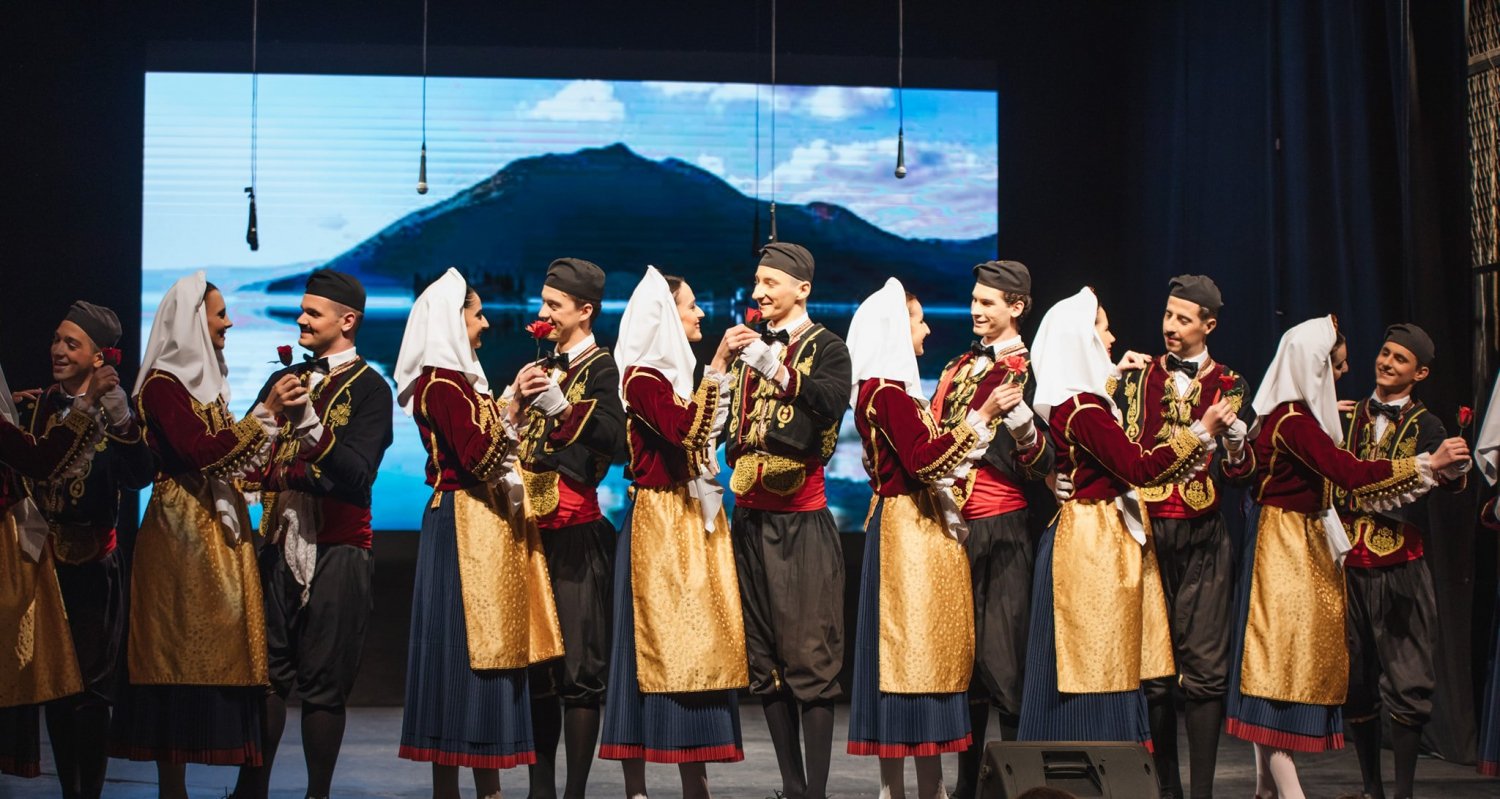 Boka Bay Costumes | Photo source: Folklore Ensamble "Nikola Djurkovic" Kotor
Boka Bay Costumes | Photo source: Folklore Ensamble "Nikola Djurkovic" KotorPhD Anastazija Miranović, art historian and a fashion designer, recognisable by fashion shows inspired by our history and cultural heritage, is one of the people whose work represents the rich Montenegrin cultural heritage. At this year's prestigious International Fashion Fair in Kotor, she presented a collection dedicated to the 110th anniversary of the renewal of the Montenegrin kingdom. The dominant element of this collection was handmade Montenegrin gold embroidery. She said that to preserve this exceptional skill and pass it on to generations, she desired to contextualise the tradition of handmade gold embroidery in contemporary fashion design, merging and permeating the true cultural and artistic values of the area.

From the "Zlatovez Vijekova" Fashion Show, Kotor 2020 | Anastazija Miranovic


